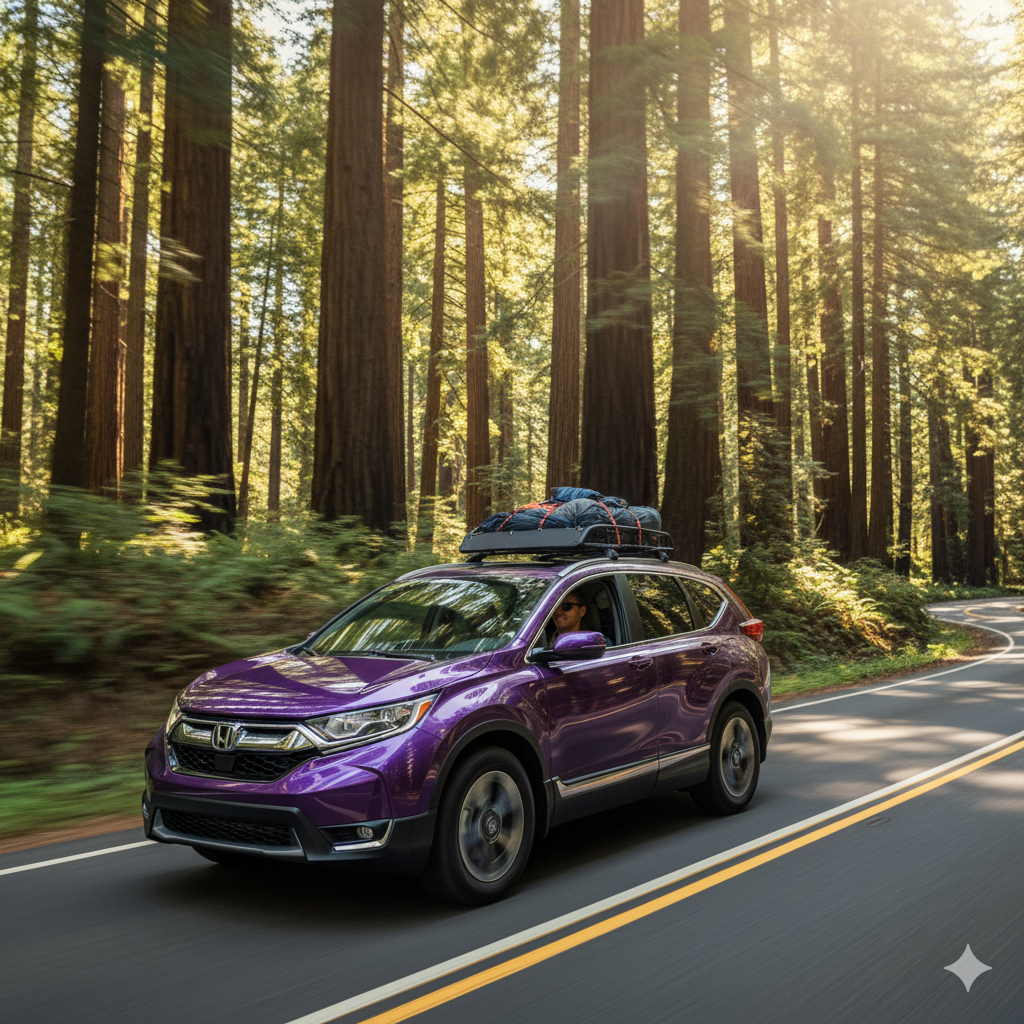Lyft provides some insurance coverage for drivers, but it’s limited. The level of protection changes depending on whether you’re waiting, en route, or carrying a passenger—leaving gaps that could cost you thousands. Jerry has helped 518 rideshare drivers get properly covered in the past year alone, and over 129,900 total drivers across all car insurance coverages.
Let’s break down exactly what Lyft covers, what they don’t and why you need your own rideshare policy.

Jerry pulls up to 20 quotes from top rated carriers.
How Lyft’s insurance works
Lyft’s insurance coverage changes depending on whether you’re waiting for a request, driving to a pickup, or on an active ride. Those shifts leave gaps in protection—so you’ll need your own policy to stay fully covered.
Here’s what’s covered depending on the status of the Lyft app.
Key takeaway: Unless you have accepted a ride, Lyft’s collision and comprehensive coverage only applies if your our own policy already includes them.
Should you buy rideshare insurance?
Yes, you need rideshare insurance if you’re a Lyft driver. Rideshare insurance bridges the gap between your personal coverage and Lyft’s limited protection.
-
You drive for Lyft regularly.
-
You drive during high-traffic times, when accidents are likely.
-
You can’t afford to replace your car if it’s totaled.
Jerry recommends: If you’re a Lyft driver, purchase rideshare insurance. It extends your personal insurance policy so you’re fully covered, and provides full coverage for your car, higher liability limits if needed, and uses your personal policy’s lower deductible instead of Lyft’s $2,500.
Learn more: How much car insurance you need
How much rideshare insurance costs
Jerry customers have purchased liability-only rideshare insurance for $121-$221 per month in the last year, but your actual rate depends on factors like:
🕐 Driving hours. Part-time drivers pay less than full-timers.
🚗 Driving history. Having tickets and accidents on your record increases costs.
📊 Coverage limits. State minimum policies are cheaper but offer less coverage.
📍 Zip code. Driving in cities means more claims and higher rates.
🏢 Insurance company. Car insurance costs can vary significantly depending on the carrier.
Key takeaway: Adding rideshare insurance to your policy is much cheaper than paying out-of-pocket for an accident you could cause. A single accident with injuries could cost you over $160,000 without the proper coverage.
Get rideshare insurance from Jerry
Be sure you have the right coverage when driving for Lyft. Jerry works with over 50 carriers to find you personalized quotes in minutes, so you’re fully covered whether you’re driving to pick up a Lyft customer or driving home from work.
Quickly compare quotes from insurers that provide rideshare insurance to choose the best policy for your Lyft driving.
Be sure to tell your insurer you’re a Lyft driver
Your personal car insurance policy likely won’t cover using your car for business purposes. If you don’t tell your insurer you drive for Lyft and get into an accident, you can expect:
-
Denied claims, even if it’s an accident on personal time.
-
Full financial responsibility, including medical bills and car repair costs.
-
Policy cancellation.
-
Difficulty finding a company to insure you in the future.
Why it matters: Personal policies almost always exclude business use. If you don’t disclose it, your insurer can deny claims even during personal driving and cancel your policy. It can also make future coverage harder to find and more expensive.

It only takes 2 minutes to sign up at Jerry.
Faq
-
🚫 Does your personal insurance cover you when driving for Lyft?
-
🛡️ Do Lyft drivers need extra car insurance?
-
📱 Does Lyft have insurance for drivers?
-
💥 What happens if I get in an accident while driving for Lyft?
-
🔄 Can I add rideshare coverage to any insurance policy?
Methodology
Data included in this analysis comes from policies that Jerry has quoted within the last 6 months for drivers with a clean record and that have full coverage, unless stated otherwise. Data related to violations, accidents or credit scores pull from quote data from the last 18 months. Jerry services 48 states and offers a range of insurance companies to choose from.

Ben Moore is a writer and editor at Jerry and an auto insurance expert. He previously worked as a writer, editor and content strategist on NerdWallet’s auto insurance team for five years. His work has been published in The Associated Press, Washington Post, Chicago Sun-Times, MarketWatch, Nasdaq and Yahoo News. He also served as a NerdWallet spokesperson, with appearances on local broadcast television and quotes in Martha Stewart and Real Simple magazine.
Ben has an extensive background in digital marketing, working on affiliate and programmatic advertising campaigns for brands like Cabela’s, H&R Block and Sears. He holds a bachelors degree in marketing from Olivet Nazarene University.






